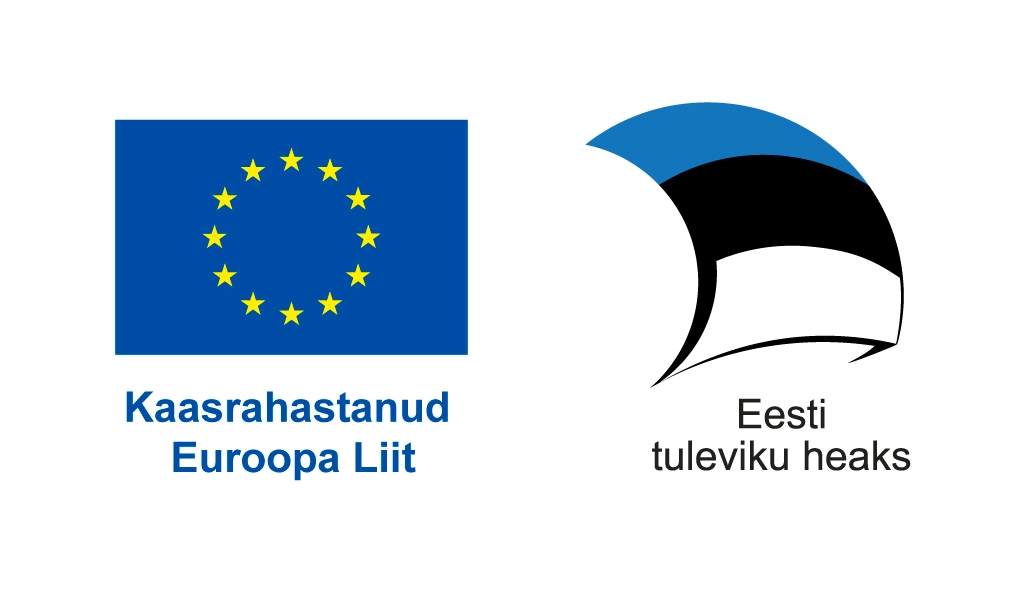Lyfery’s medical consultant, Dr. Kristiina Paju, and Dr. Taavi Tillmann, Associate Professor of Public Health at the University of Tartu and Lyfery’s Lead Researcher, focus on the impact of alcohol consumption on our health.
Since alcohol consumption (like other health behaviors) is a deeply personal choice, we at Lyfery do not tell anyone what to do. Our goal is to provide readers with up-to-date, science-based information about the effects of alcohol on health, so that everyone can make choices that are right for them.
In 2023, alcohol consumption in Estonia was estimated at 10.9 liters per adult (1).
To compare this with the rest of the world, we must look at WHO data from 2019 (see Table 2).
In other words, alcohol consumption in Estonia is fairly comparable to the rest of Europe, but it’s worth noting that Europeans, on average, drink nearly twice as much as the rest of the world.
However, it seems that consumption among the younger generation in Estonia may be declining. According to a 2023 study, about 15% of adults aged 30–64 were abstinent, while among those aged 18–29 the figure was as high as 38% (1).
In 2016, an estimated 3 million deaths worldwide were attributable to alcohol—half of them among people under 60, and mostly men. A global study found that Eastern Europe had the highest level of alcohol-related health harm, primarily due to cardiovascular diseases (including heart attack and stroke), alcohol use disorders, and accidents (including car crashes) (3). Alcohol is also linked to various cancers, violence, self-harm, and other health issues (4).
It was once believed that small amounts of alcohol (e.g. a glass of red wine in the evening) could prolong life, but those studies had serious methodological flaws—such as too small sample sizes or inadequate control for confounding factors. More recent and robust research finds no protective effect of alcohol on mortality (5).
A 2018 Lancet study found that women who drank small amounts of alcohol had slightly lower rates of heart disease and diabetes. However, these minor benefits were outweighed by alcohol’s harmful effects. The study emphasized the strong link between alcohol and cancer, injuries, and infectious diseases—meaning that, overall, alcohol is unequivocally harmful to health (5).
The harm of “moderate” drinking has been further confirmed. In 2009, a UK study followed nearly 1.3 million women, three-quarters of whom drank alcohol—98% moderately (less than 21 drinks per week), mostly one drink per day. Over seven years, even those who drank lightly or moderately had higher cancer rates than abstainers. The more they drank, the higher the risk of breast, liver, and colorectal cancers. The pattern was similar for wine and other alcoholic beverages (6).
In summary: the current scientific consensus is that, considering all potential health harms, the safest level of alcohol consumption is none at all.
If one chooses to continue drinking, the general rule is simple: the less alcohol, the better for your health.
For women: up to 1 alcohol unit per day (250 ml of beer or one glass of wine), and 7 units per week (1.7 liters of beer or 6.4 glasses of wine).
For men: up to 2 alcohol units per day (450 ml of beer or 1.8 glasses of wine), and 14 units per week (3.35 liters of beer or 12.7 glasses of wine).
With the condition that the weekly amount should not be consumed in one day or over a weekend, and there should be at least three alcohol-free days per week (7).
Right now is a great time to reduce alcohol intake, because simply put: drinking less is in style.
In pop culture, the “sober curious” movement is spreading—people experiment with being sober or drinking less to see how it affects their health and quality of life (8).
The popularity of sobriety has also transformed the product landscape—there’s now a growing variety of interesting non-alcoholic beverages. For example, seven years ago, Saku Brewery offered only seven alcohol-free options, but today that number has tripled, and sales of alcohol-free products have quadrupled compared to 2017 (9).
One tool that can help you reflect on your drinking habits is the AUDIT test. It is also used in clinical practice to check for “red flags” in alcohol behavior. You can try the AUDIT test on the TAI Alkoinfo website.
We also recommend exploring the Alkoinfo website for practical tips and guidance—it covers topics such as finding motivation, dealing with setbacks, and supporting someone close to you who drinks excessively. You can also read about their free online self-help program, or seek personal advice from a specialist.
We hope this information and these resources are useful. Our aim is to encourage everyone to choose a level of alcohol consumption that supports their own well-being.
Martens K, et al. Eesti alkoholiturg, alkoholi tarbimine ja alkoholipoliitika 2023. aastal. Eesti Konjunktuuriinstituut. 2024. Link: Eesti alkoholiturg, alkoholi tarbimine ja alkoholipoliitika 2023. aastal
World health statistics 2023: monitoring health for the SDGs, Sustainable Development Goals. Geneva: World Health Organization; 2023. Link: World health statistics 2023 – Monitoring health for the SDGs
Shield K, et al. National, regional, and global burdens of disease from 2000 to 2016 attributable to alcohol use: a comparative risk assessment study. Lancet Public Health. 2020 Jan;5(1):e51-e61. Link: National, regional, and global burdens of disease from 2000 to 2016 attributable to alcohol use: a comparative risk assessment study
Bagnardi V, et al. Alcohol consumption and site-specific cancer risk: a comprehensive dose–response meta-analysis. British Journal of Cancer. 2015; 112, 580–593. Link: Alcohol consumption and site-specific cancer risk: a comprehensive dose-response meta-analysis
GBD 2016 Alcohol Collaborators. Alcohol use and burden for 195 countries and territories, 1990–2016: a systematic analysis for the Global Burden of Disease Study 2016. The Lancet 2018; 392 (10152) 1015:1035. Link: Alcohol use and burden for 195 countries and territories, 1990–2016: a systematic analysis for the Global Burden of Disease Study 2016 – The Lancet
Allen N E, et al. Moderate Alcohol Intake and Cancer Incidence in Women. JNCI 2009 101; 5, 296:305. Link: Moderate Alcohol Intake and Cancer Incidence in Women | JNCI: Journal of the National Cancer Institute | Oxford Academic
Tervise Arengu Instituut. Alkoinfo
Orav, A T. Noori enam alkohol ei huvita. „Kui teised peol purju jäävad, lähen koju raamatut lugema“. Eesti Ekspress, 12.09.2024. Link: Noori enam alkohol ei huvita. „Kui teised peol purju jäävad, lähen koju raamatut lugema“ – Eesti Ekspress
Taveter, S S. Saku Õlletehase juht: mõne aastaga on ühe tootegrupi populaarsus mitmekordistunud. Ärileht, 14.08.2024. Link: Saku Õlletehase juht: mõne aastaga on ühe tootegrupi populaarsus mitmekordistunud – Ärileht

Lyfery pakub sulle personaalset ja sinu tervisekäitumisest sõltuvat elukindlustuse lahendust. Skandinaavia pangad seda endale lubada ei saa.

The project “Technological development, testing, and demonstration of components of a healthy lifestyle scoring model” has received €34,580 in development grant support.
As part of the project, a model was developed to assess healthy lifestyle habits, enabling the cost-effective offering of life insurance that supports healthier living. The goal is to create a scalable, health-promoting product that can be expanded across Europe.
As a result of the project, the Lyfery app now measures lifestyle-related mortality risk on an individual customer basis.